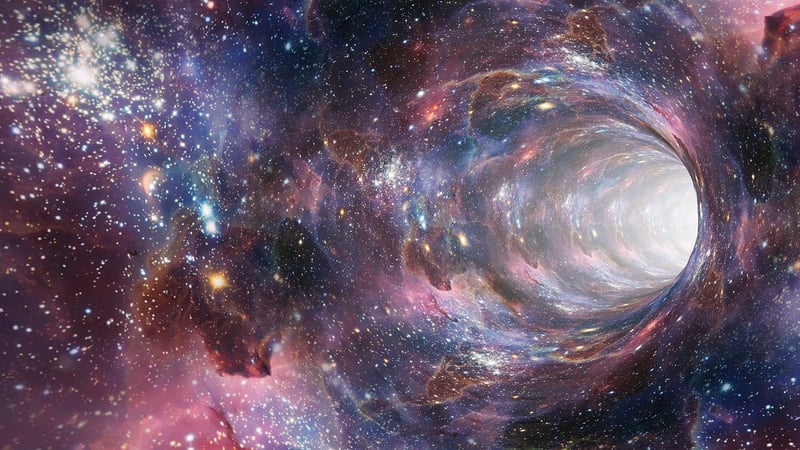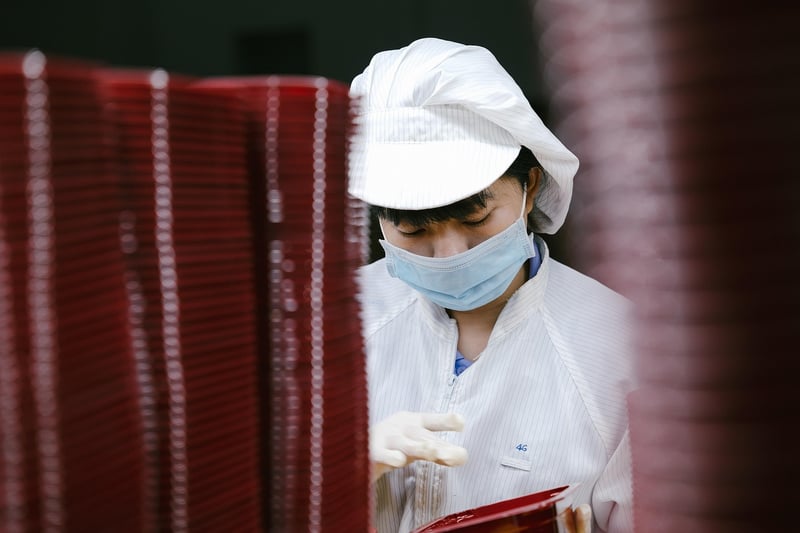How It Works
The Fascinating World of Time Travel: Mechanisms and How It Works
Time travel has been a popular concept in science fiction for decades, captivating the imagination of many. While the idea of traveling through time may seem far-fetched, scientists have explored various theories and mechanisms that could make it possible. Let's delve into the intriguing world of time travel and understand how it works.
Wormholes and Black Holes
One of the most common theories for time travel involves the use of wormholes. Wormholes are theoretical passages through space-time that could create shortcuts for long journeys across the universe. By manipulating the size and curvature of a wormhole, it might be possible to travel through time as well as space.

Time Dilation
Another concept central to time travel is time dilation, as described by Einstein's theory of relativity. Time dilation occurs when an object is moving at speeds approaching the speed of light or in the presence of a strong gravitational field. In these conditions, time passes at a different rate relative to an observer outside the influence of these factors.
Parallel Universes
Some theories of time travel suggest the existence of parallel universes or alternate timelines. Traveling to the past could potentially create a new timeline diverging from the original, where changes made in the past have no effect on the future of the traveler's original timeline.

The Grandfather Paradox
One of the most famous paradoxes associated with time travel is the Grandfather Paradox. This paradox proposes a scenario where a time traveler goes back in time and prevents their grandfather from meeting their grandmother, thus preventing the time traveler's existence. The resolution of this paradox remains a subject of debate among physicists and philosophers.
Conclusion
While time travel remains a subject of speculation and debate, the theories and mechanisms behind it continue to intrigue scientists and science fiction enthusiasts alike. Whether through wormholes, time dilation, parallel universes, or other concepts, the idea of traveling through time opens up a world of possibilities and questions about the nature of time and reality.
Exploring the mechanisms of time travel offers a glimpse into the complexities of the universe and challenges our understanding of space, time, and causality.
